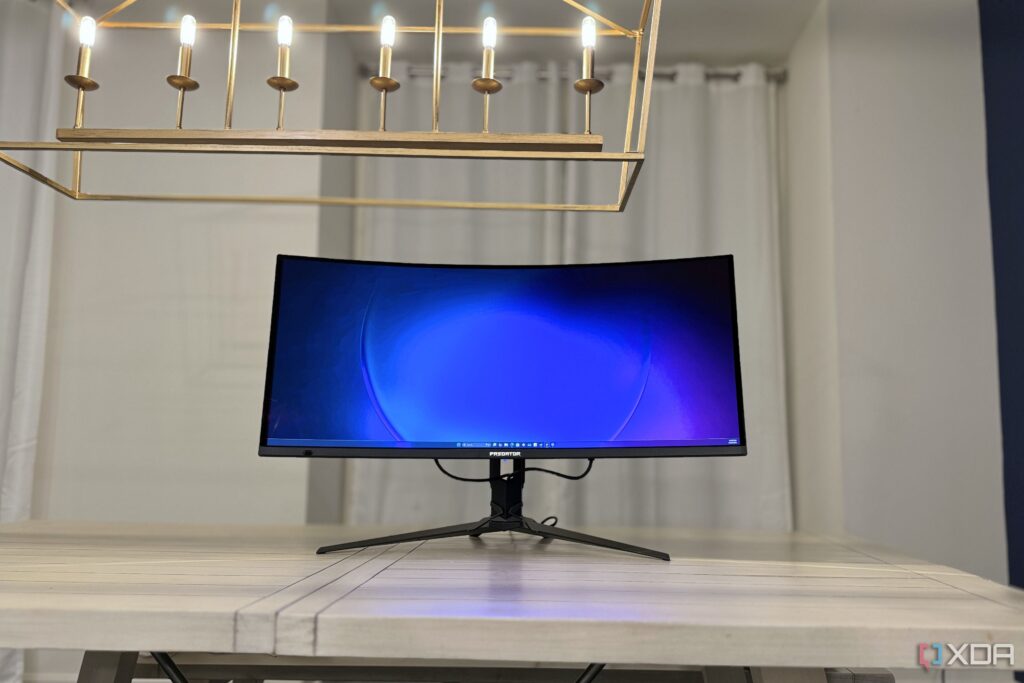
URGENT UPDATE: Users are re-evaluating their monitor setups as reports reveal a growing trend towards dual monitors despite the rise of ultrawide screens. Many are experiencing significant regrets over the limitations of ultrawide displays, especially for productivity and multitasking.
Recent feedback from tech enthusiasts indicates that while ultrawide QD-OLED panels offer stunning visuals and a sleek design, they often fall short in flexibility and usability compared to dual-monitor configurations. Users are voicing their frustrations about the lack of vertical space and the challenges of managing multiple applications efficiently.
One key complaint centers on the limitations of ultrawide monitors when it comes to multitasking. Users miss the ability to easily rearrange two monitors to fit different tasks or workflows. The improved management options in Windows 11 have made some tasks easier, but many still find it difficult to use ultrawides effectively without sacrificing valuable vertical space.
“I can get almost the same setup with an ultrawide using FancyZones or window snapping, but the vertical space is gone,” said one user. This sentiment is echoed by many who realize that having a portrait-orientation monitor for chat and research materials was incredibly beneficial.
Gaming enthusiasts are also expressing disappointment, as ultrawide support for many games remains inconsistent. While the trend towards ultrawide gaming has grown, many titles still do not offer optimal support, with some displaying pillarboxing during cutscenes—detracting from the immersive experience that users expect.
Despite these drawbacks, there are positive aspects to ultrawide monitors, such as reduced bezel distraction. However, users report that the modularity offered by dual monitors allows for better organization of tasks. One user stated,
“Using multiple monitors was an ‘it has to be visible otherwise it doesn’t exist’ realization,”
emphasizing the importance of physical presence for task management.
To address these regrets, some users are opting for dual ultrawide monitors. Although positioning one in portrait mode can be a challenge, reducing text sizes on chat applications has helped replicate some of the vertical space benefits.
Innovation in monitor technology is crucial. As users continue to voice their needs for better support and usability, manufacturers are urged to refine their offerings, particularly to accommodate a wider range of tasks and applications.
In conclusion, as the debate between ultrawide and dual monitors heats up, users are encouraged to evaluate their specific needs and preferences to find the setup that maximizes their productivity and comfort. The conversation around monitor usability is ongoing, and the push for better support for diverse aspect ratios is more urgent than ever.







